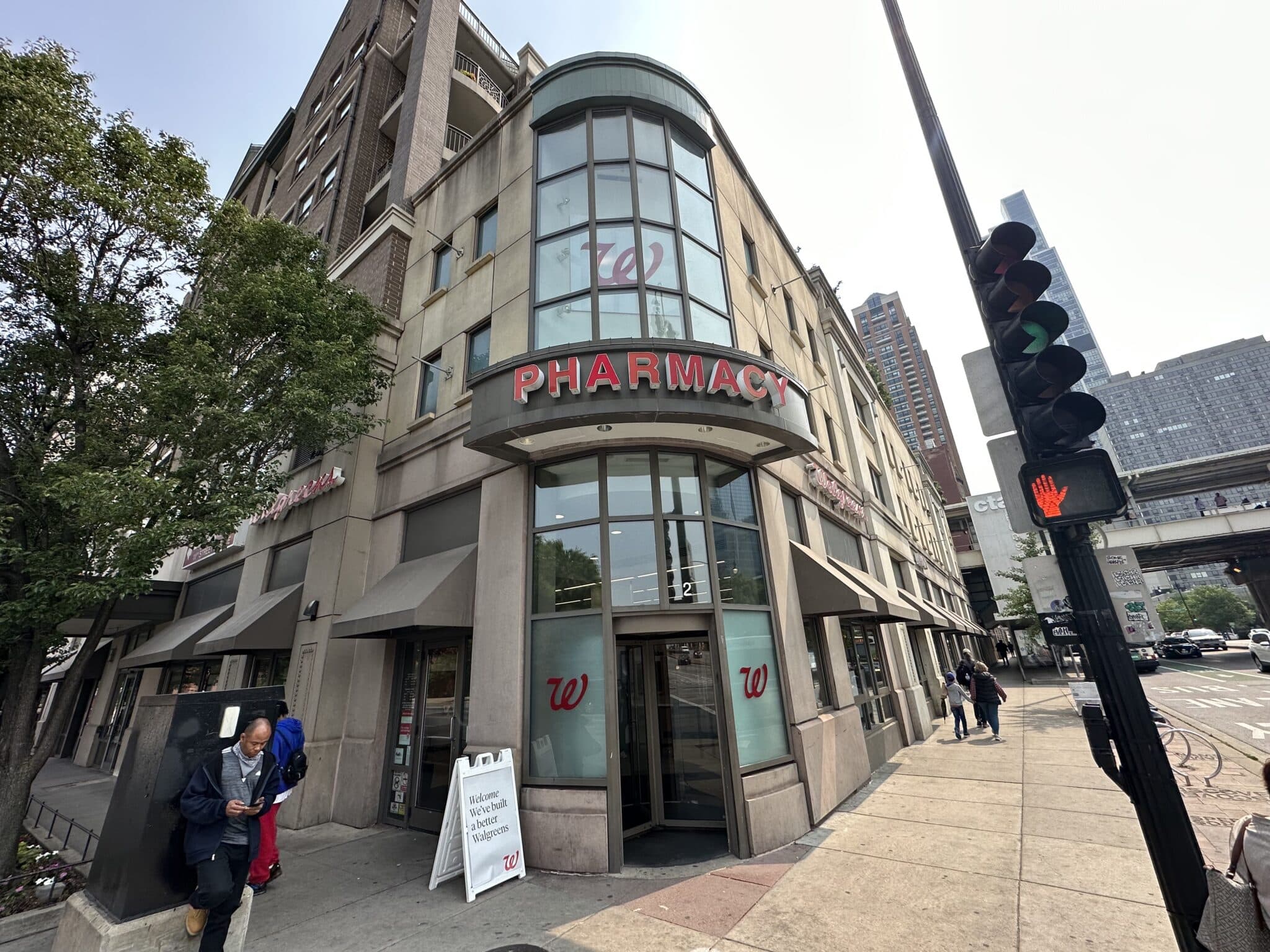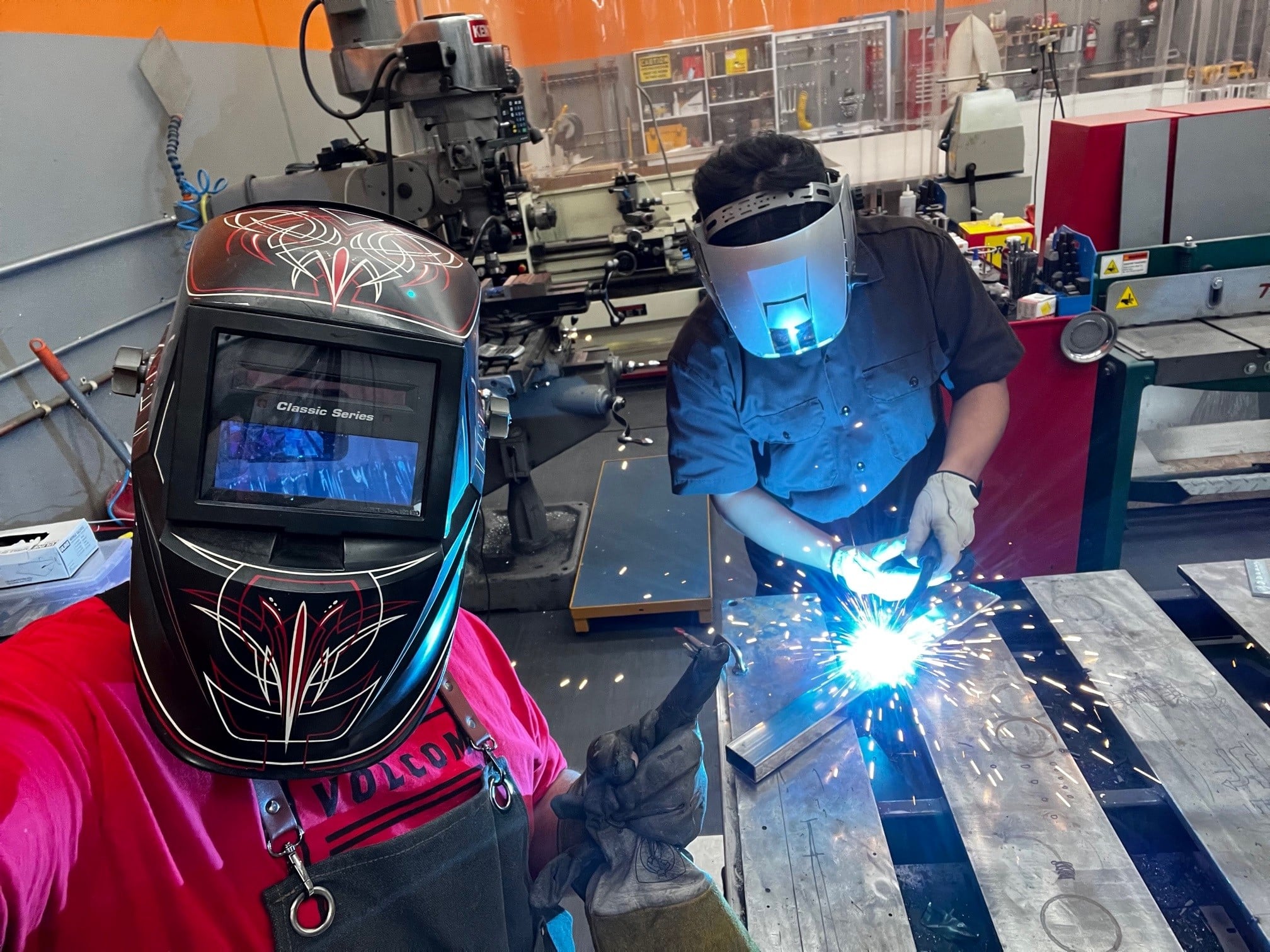Wagreens is experimenting with a new store format, which made its debut earlier this year. A few folks from our team recently visited the newly redesigned Walgreens in the South Loop area of Chicago. The experimental new format is a move in the direction of hybrid retail, but we suspect it’ll take several more iterations of this new concept before Walgreens gets it right.
Seven Tips for Retail Success

Creating a store display from scratch is a huge undertaking. With so many types of retail displays to consider, you may not know where to start. Understanding all the elements of visual merchandising can be overwhelming, but it helps to start with some of the basic elements of retail merchandising. Here are seven helpful tips to help you achieve retail success.
Tip 1: Set Measurable Retail Objectives
Successful retail execution begins with defining clear, measurable objectives. Increasing sales is a universal goal, but think about what else you want to achieve. Retail presence is a great opportunity to engage more deeply with your customers. For example, invite customers to join your loyalty program by entering their details using touch-interactive displays. Or invite customers to scan QR codes to receive detailed product info and special offers on their phones. Think carefully about what actions you want your customers to take, and create a retail experience that makes it possible. Integrating technology lets you create virtually any retail experience, with detailed engagement metrics that make it easy to measure progress against your stated objectives.

Tip 2: Research Your Customer
Conducting both qualitative and quantitative research on your target customer is key to achieving retail success. Formal research is important, and any number of firms can conduct focus groups and other studies. But it’s also important to get out into the field and talk to customers directly. It’s not very scalable, but mining this sort of anecdotal input from customers in the real world can uncover some great insight.
Tip 3: Define Your Customer’s Journey
Here’s your opportunity to orchestrate the ideal path to purchase. You’ve grabbed the customer’s attention with a beautiful, well-designed display – now what? Once you have a captive audience, how can you educate your customers most efficiently? Think about incorporating tools for customers to self-educate such as informative static signage, or even interactive digital signage that make it easy for them to watch informative videos, read product reviews or compare product specs.

Photo by RODNAE Productions from Pexels
Tip 4: Design a Memorable Experience
Customers interact with dozens or even hundreds of products over the course of a single shopping trip. With so many brands vying for attention, how can you expect your product to stand out? A well-designed, beautiful retail display is a good first step, but that’s only half the battle. Think about incorporating a call-to-action to extend the connection beyond the aisle. Think of how easy it would be to scan a quick QR code to learn more about something you see on the shelf. By capturing moments like these in-store, customers are free to research at their convenience, even complete purchases on their phones to ship the products to their homes. This sort of two-way engagement extends far beyond the store, and leaves a lasting impression on your customers.
Tip 5: Validate the Experience
Take a breather — look at what you designed — and ask some key questions. Are you reaching your objective? Did you incorporate your learnings? The design phase can be immersive and it’s easy to lose track of what matters. So it’s always helpful to take a step back to make sure you’re still on track to achieve the retail success you planned for.
Tip 6: Assess Quality and Execution
This is where having a retail agency (like OnQ!) on your side can really help out. Once your display is live in store, you need to do more than simply measure sales. Carefully inspect displays to ensure they’re installed to spec and displaying the products as intended. Arrange periodic detailing to fix any cosmetic or functional wear that happens over time. And most importantly, watch how customers interact with your displays in-store. Observe behavioral patterns and use those learnings to refine future campaigns.

Tip 7: Measure Success & Optimize Accordingly
This is where the fun really starts! But don’t jump to conclusions with just a few days of data. Data can be interpreted many ways, so it’s important to gather ample data and look at it from all angles. Once you have a solid data set, make some hypotheses about what’s working and what’s not. Adjust accordingly and see what changes get you closer to your campaign goals. Better yet, get customer feedback along the way – either by reaching out directly, or by building-in customer feedback opportunities to understand where the experience can be improved. Being candid about a campaign’s shortcomings is critical to future success. Understanding where and why something didn’t perform as planned is the first step to ensure your next campaign will be a step up from the last.
Achieving retail success isn’t rocket science, but it is complex. Having a trusted partner like OnQ to guide your retail strategy gives you a huge leg up on your competition. Want to benefit from our expertise and save some headaches? Reach out to us for a free consultation and we’ll be happy to share what we know.



